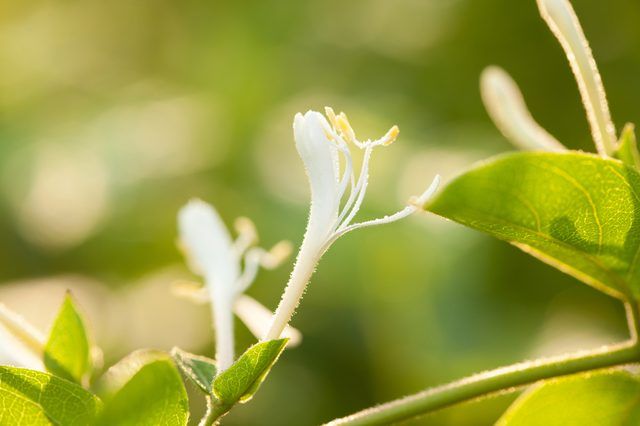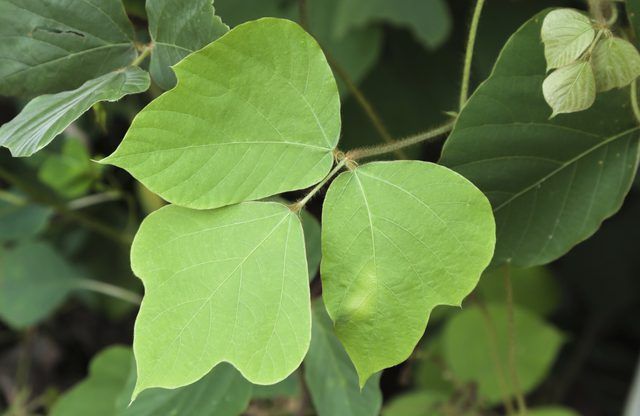Bulbs
Flower Basics
Flower Beds & Specialty Gardens
Flower Garden
Garden Furniture
Garden Gnomes
Garden Seeds
Garden Sheds
Garden Statues
Garden Tools & Supplies
Gardening Basics
Green & Organic
Groundcovers & Vines
Growing Annuals
Growing Basil
Growing Beans
Growing Berries
Growing Blueberries
Growing Cactus
Growing Corn
Growing Cotton
Growing Edibles
Growing Flowers
Growing Garlic
Growing Grapes
Growing Grass
Growing Herbs
Growing Jasmine
Growing Mint
Growing Mushrooms
Orchids
Growing Peanuts
Growing Perennials
Growing Plants
Growing Rosemary
Growing Roses
Growing Strawberries
Growing Sunflowers
Growing Thyme
Growing Tomatoes
Growing Tulips
Growing Vegetables
Herb Basics
Herb Garden
Indoor Growing
Landscaping Basics
Landscaping Patios
Landscaping Plants
Landscaping Shrubs
Landscaping Trees
Landscaping Walks & Pathways
Lawn Basics
Lawn Maintenance
Lawn Mowers
Lawn Ornaments
Lawn Planting
Lawn Tools
Outdoor Growing
Overall Landscape Planning
Pests, Weeds & Problems
Plant Basics
Rock Garden
Rose Garden
Shrubs
Soil
Specialty Gardens
Trees
Vegetable Garden
Yard Maintenance
Common Invasive Vines
Common invasive vines include Japanese honeysuckle, kudzu, mile-a-minute, Oriental bittersweet, English ivy and porcelain berry vines.
Invasive vines are plant species from other places that thrive and aggressively spread in new habitats. Invasive plants have several negative impacts on natural habitats and ecosystems, including choking out native plant life, changing the soil content and ruining biodiversity. The U.S. has several invasive vines that cause problems.
Japanese Honeysuckle

One of the most common invasive vines in the U.S. is Japanese honeysuckle (Lonicera japonica). Introduced to the U.S. in the mid-1800s for ornamental plantings, erosion control and wildlife browsing, it grows in U.S. Department of Agriculture plant hardiness zones 4 through 9, which includes much of the U.S.
It is a fast-growing, semi-evergreen to evergreen vine that climbs or trails up to 80 feet. Trailing plants smother and choke out native plants, while climbing vines cause stunted growth and kill shrubs and small trees. Japanese honeysuckle spreads through runners, rhizomes, stem cuttings and animal-dispersed seed.
Kudzu Vine

Originally from Japan and China, kudzu (Pueraria montana var. lobata) was introduced into the U.S. in the 1870s as an ornamental plant. Southern states used kudzu for erosion control in the 1930s and 1940s, but the plants escaped cultivation and spread so quickly that it's often called the "vine that ate the South." It grows in USDA zones 5 through 10.
This twining, woody vine quickly climbs or trails up to 100 feet. Kudzu totally overwhelms all native plant species, even large trees. It sometimes reproduces through seeds dispersed by animals and water, but more commonly spreads by root suckers, tubers and runners.
Mile-a-Minute Weed
Native to East Asia and introduced to the U.S. in the 1890s, mile-a-minute (Polygonum perfoliatum) is a fast-growing annual that reproduces by seeds that can remain viable in seed banks for more than five years.
Invasive from New York to the Virginias, this vine generally reaches about 25 feet long. It climbs over desirable plants and into tree canopies, killing off native plants by blocking the light so they can't photosynthesize.
Oriental Bittersweet
Native to China, Korea and Japan, Oriental bittersweet (Celastrus orbiculatus), also called Asian bittersweet, came to the U.S. in the 1860s for ornamental plantings and grows in USDA zones 4 through 7. Although invasive, it's commonly used in floral arrangements and decorative fall wreaths because of its colorful fruit.
This deciduous woody vine spreads through root suckering and seeds dispersed by animals and human activity. It germinates best in shady areas, but won't grow vigorously unless it gets some sun. It reaches up to 59 feet long, and spreads to shade out other plants.
English Ivy

English ivy (Hedera helix) was introduced to the U.S. by the European colonists as a ground cover, and it's still widely used as an ornamental ground cover. Unfortunately, the vine is notorious for escaping its designated growing area and displacing native wildflowers, shrubs and trees throughout USDA zones 5 through 9.
It is an evergreen, woody vine that climbs or trails up to 100 feet long. On the ground, the trailing vines form dense mats that block out light, which prevents native species from germinating. It also kills trees when it climbs them. This invasive ivy spreads via wildlife-dispersed seeds and runners.
Bigleaf Periwinkle

Bigleaf periwinkle (Vinca major) came to the U.S. from Mediterranean Europe in the 1700s as an ornamental plant, and it's still commonly used as a ground cover. Although it's more of a problem in the southwestern states, it grows throughout the country in USDA zones 7 through 9.
This perennial, semi-evergreen to evergreen vine scrambles or trails to 3 feet in length and up about 18 inches in height. It spreads via rhizomes and plant fragments, forming dense mats and running out native shrubs and trees.
Porcelain Berry
Initially used in the 1870s as a landscaping plant, porcelain berry (Ampelopsis brevipedunculata) is a woody vine that twines up plants using its tendrils. It's native to Japan, China and Korea, but grows in USDA zones 4 through 8. It is listed as invasive in 12 northeastern states.
Porcelain berry spreads via bird- and wildlife-dispersed seeds as well as through vegetative means. The large taproots grow vigorously and can resprout if you cut off the above-ground plant parts.
Vines grow as much as 15 feet each season if they receive moderate to full sun. As they spread, the vines climb over and cover existing native plants, blocking sunlight so they weaken and die.
For more information on controlling invasive vines, visit "How to Control Invasive Vines."